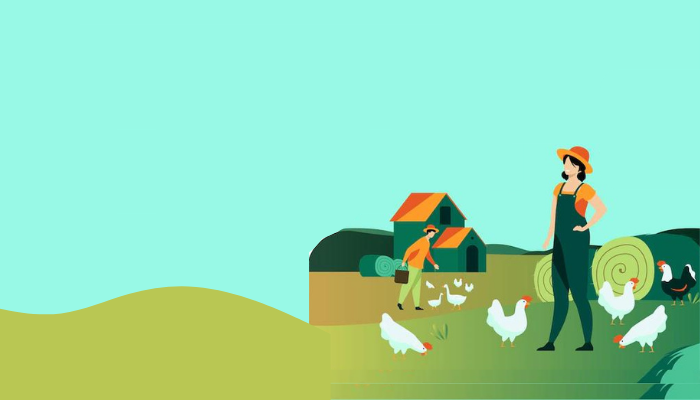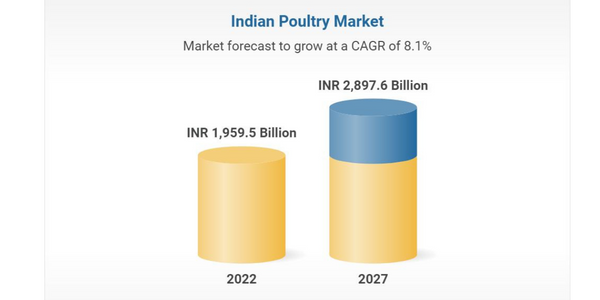Project Report For Backyard Poultry Farming
Introduction
Backyard poultry farming project report is as follows.
Backyard poultry farming (BYPF) is a way in which birds are confined at night and are allowed to roam free in the yard in search of food. Poultry farming in backyards or on homesteads is prevalent. A native night shelter structure, scavenging, natural chick hatching, low bird output, limited supplemental feed, local selling, and insufficient medical care are characteristics of backyard poultry farming.
The majority of backyard poultry farming involves raising local poultry species. Usually, they are given grain in the morning and evening to compensate scavenge with low output performances. For many people, raising chickens, ducks, geese, guinea pigs, and turkeys in the backyard is becoming more and more popular.

The majority of chickens produced in the nation each year are raised by small-scale poultry farmers. Among rural and landless households in India and is an attractive additional source of income. It entails cheap investment and delivers substantial economic rewards, and is manageable by mothers and children, and the aged. Such birds’ meat and eggs are cheap sources of protein and energy for athletes’ impoverished families. Backyard poultry farming is distinguished by native night shelters, foraging, and natural hatching of eggs, limited bird output, sparse food, regional promotion, and minimum health care practices.
Sample Project Report Of Backyard Poultry Farming
Get Completely Custom Project Report
Most often practised in rural and resource-limited regions of India, backyard poultry farming gives rural people access to income, nutrient-dense food sources (meat and eggs), empowers women and jobless youth, and closes the gap between demand and supply for chicken eggs and meat.
Market Potential Of Backyard Poultry Farming
In India, the organized or commercial poultry sector produces 25% of the nation’s total meat and egg production compared to the unorganized sector’s contribution of roughly 75%. The overall number of poultry is 851.81 million, up 45.8% from the previous livestock censuses (including 317.07 million backyard chickens), according to the Government of India’s 20th Livestock Census reports.
The Indian poultry industry reportedly reached a value of roughly INR 1,959.5 billion in 2022, according to the most recent study, “India Poultry Market Report and Forecast 2022-2027.” The market is anticipated to expand at a CAGR of 8.1% between 2022 and 2027, aided by the increased demand for diets high in protein, to reach a value of about INR 2,897.6 billion by that year. In India, backyard poultry still makes up less than 40% of the country’s overall chicken population. Since the bulk of birds is still raised on farms for profit, the fascinating development is reflected in the population’s rapid expansion.

The majority of backyard poultry farming is done using chickens. Several genetically enhanced kinds of native low-input technology (LIT) birds, including the Vanaraja, Aseel, Kaveri, Chhabra, Giriraja, Gramapriya, Kuroiler, and Rainbow Rooster, are among the breeds that are currently in demand. In India’s rural areas, backyard poultry farming is a prevalent method of rearing poultry.
It is a low-input business that is characterized by the free-range, backyard raising of small flocks of poultry birds that scavenge for food. There is a shortage of poultry health care and the practice of natural hatching. For rural residents, raising local poultry breeds in their backyards is a significant source of income. It was discovered that smallholdings with 2-3 hens per unit produced eggs more effectively than those with 5 or more chickens per unit. Since the returns from selling eggs are so poor, backyard poultry owners’ primary interest is not in egg production. Due to the breeds’ propensity for bearing children, they hatch all of their eggs and sell the birds that result.

